They say you should never meet your heroes, but hearing my 5 hi-fi idols was far from disappointing
This classic hi-fi handful still makes me smile today
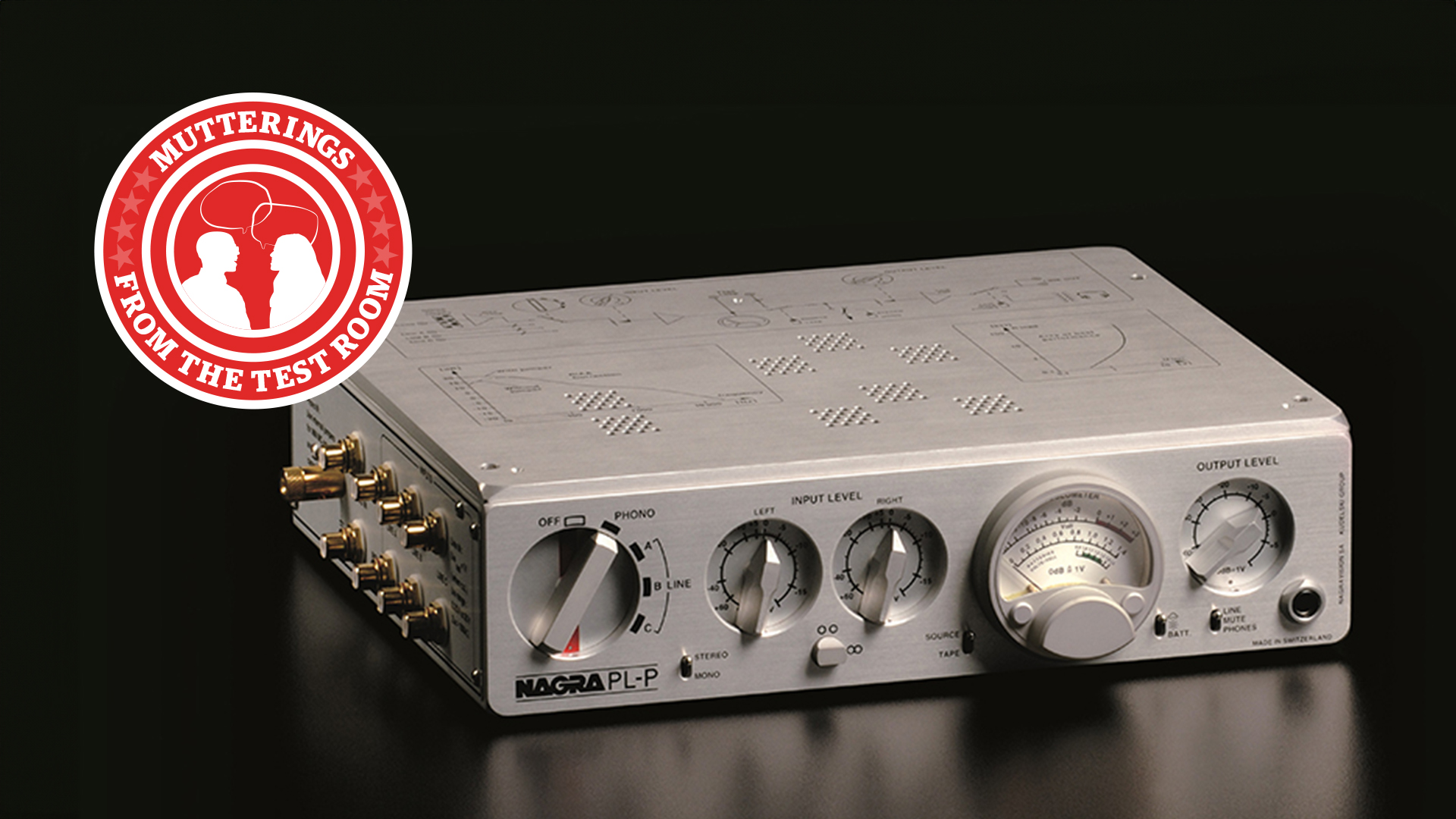
It is often said that you shouldn’t meet your heroes. That may ring true if we are talking about people. After all, what are the chances of a real person matching up to your idealised version of them? But I think the story is different for hi-fi components.
I got into this hobby early and started messing about with the family’s hi-fi system way before I was allowed to.
My introduction to the audio world started with reading hi-fi magazines in the local library. I would diligently soak up the various reviews by esteemed writers such as Paul Messenger, Alvin Gold and Keith Howard, among others, and be captivated by their descriptions of the products under test.
Some of those reviews have remained implanted in my brain to this day, and despite never actually hearing those products at the time, somehow they remain special to me.
Given the job I now do, I’m in the fortunate position to ask manufacturers if they can dig into their warehouses and unearth samples of those older components.
Most of the time, they can’t help. After all, they are a business, and their priority is always what they sell now rather than what they made decades ago.
But occasionally I manage to strike gold. Here are a few classic products that have come my way over the years and left me with a smile on my face.
Get the What Hi-Fi? Newsletter
The latest hi-fi, home cinema and tech news, reviews, buying advice and deals, direct to your inbox.
Marantz CD7 CD player
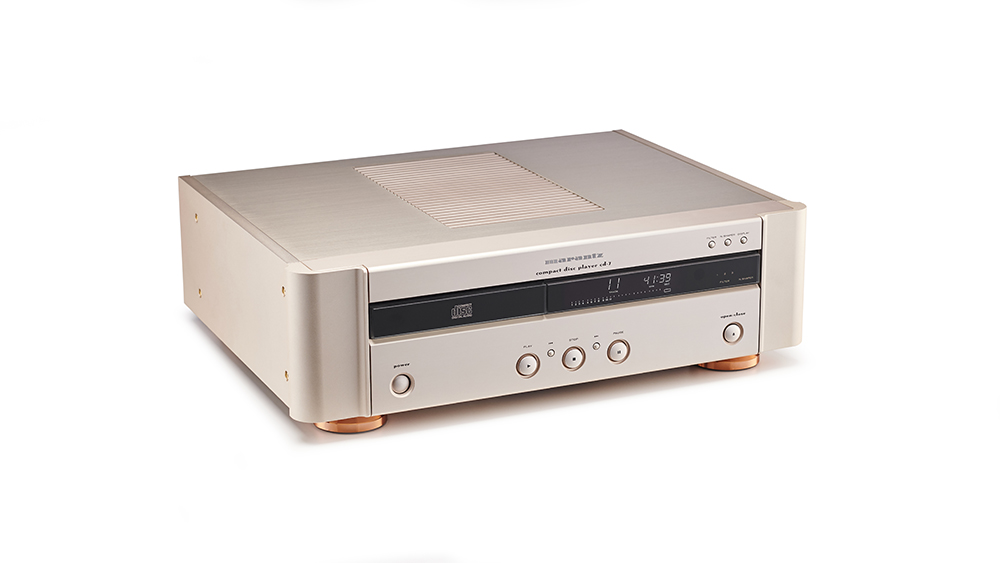
The Marantz CD7 is probably up there with the most legendary CD players ever made. It was a bold statement at a time when SACD and DVD-Audio players had already arrived.
Marantz's then technical guru, the late, great Ken Ishiwata, wanted the firm's last high-end CD-only player to be special, and pulled out all the stops to make it so.
Surprisingly, the company ignored the fashionable single-bit DAC chips of the day (developed by parent company Philips) and left the conversion in the hands of the older generation multi-bit Philips TDA1541 chip working in dual differential mode. The reason? Ishiwata thought the older chips sounded better.
Other technical highlights included a special metal chassis version of Philips’s CDM 12.3 CD transport and carefully selected Marantz Hyper Dynamic Amplifier Modules (HDAMs) in the analogue stage.
The build quality is exceptional, with the chassis feeling immensely solid and expertly finished. You know what? Once warmed up, the CD7 still sounds lovely.
Of course, the Marantz is now a quarter of a century old and so can't match the resolution, transparency or insight of the latest and greatest high-end disc players, but when I listen to it, that just doesn't matter.
The CD7 sounds lush and full-bodied, delivering a creamy sound packed with subtlety. It sounds organic, with hefty lows and some of the smoothest highs you will ever hear.
Best of all, it focuses the mind on the music being played rather than the mechanics of hi-fi, just as Ken Ishiwata would have intended.
KEF Reference 104/2 floorstanders
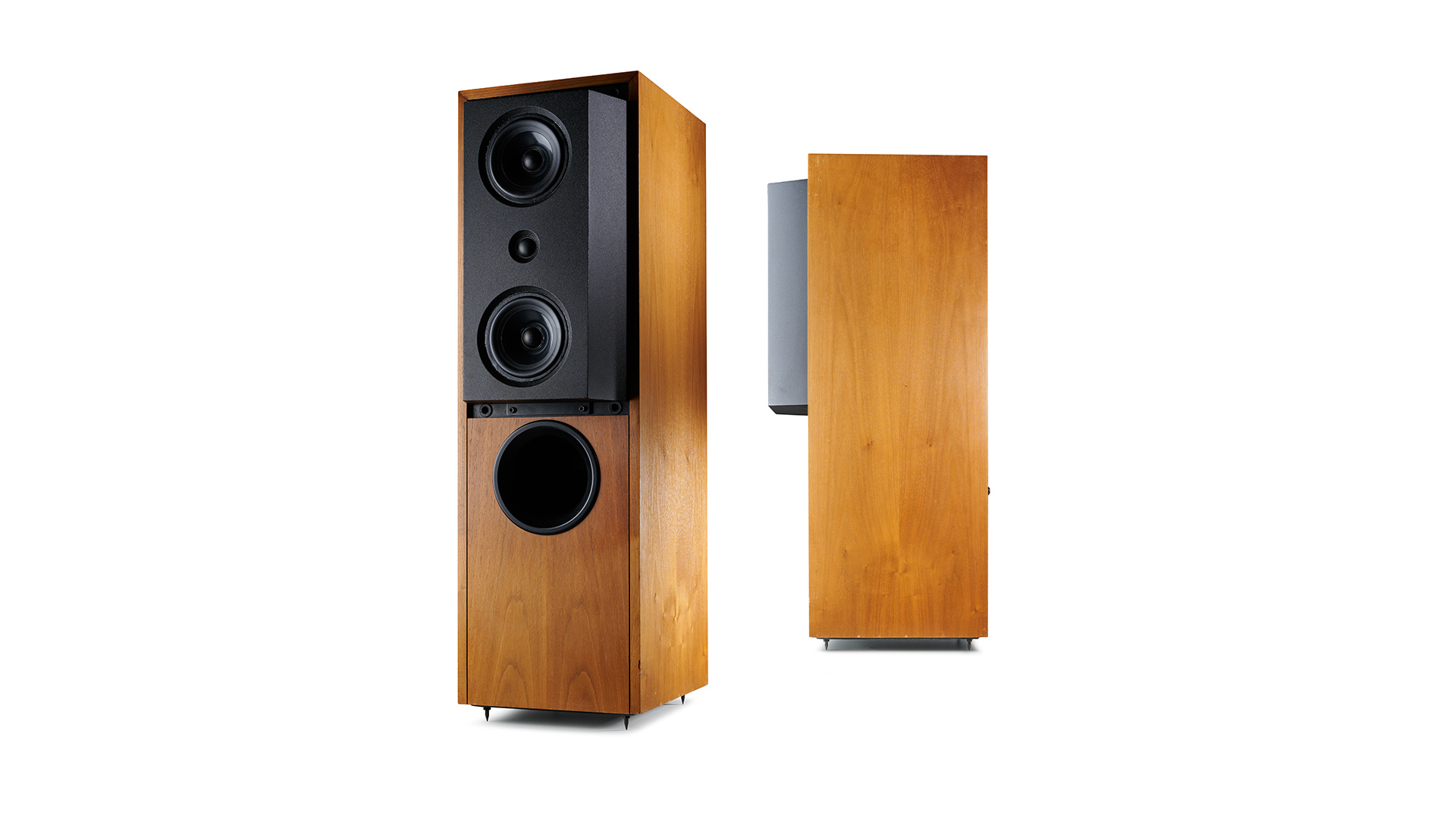
When they were launched back in 1984, the KEF Reference 104/2 seemed like a high-tech wonder from another planet.
Even today, it's hard to think of a modern floorstander below the £5k mark that is as technically ambitious.
KEF's engineers aimed for the stars with this one, trying to combine low colouration, high sensitivity, lots of bass output and ease of driving into a slim, domestically acceptable package.
The shocker is that it only cost an entirely reasonable £599 on introduction. That sum bought a three-way, five-driver design that was packed with innovation.
Highlights include the twin, hidden, 'coupled-cavity' bass drivers, the 'floating' resin-loaded front baffle and the complex crossover designed to provide the partnering amplifier with an easy electrical load.
Such technology is all very impressive, but only if the performance delivers. And it did. These speakers were a huge success, selling massively across the world, especially in the USA.
They remain fine performers by today's standards, still sounding agile and responsive while delivering a resolution that's comparable to most circa £2k towers.
That complex bass arrangement holds up its end of the bargain with unexpected agility and solid punch. These were considered a superstar performer back in the '80s and remain a rewarding listen even today.
NAD 3020 amplifier
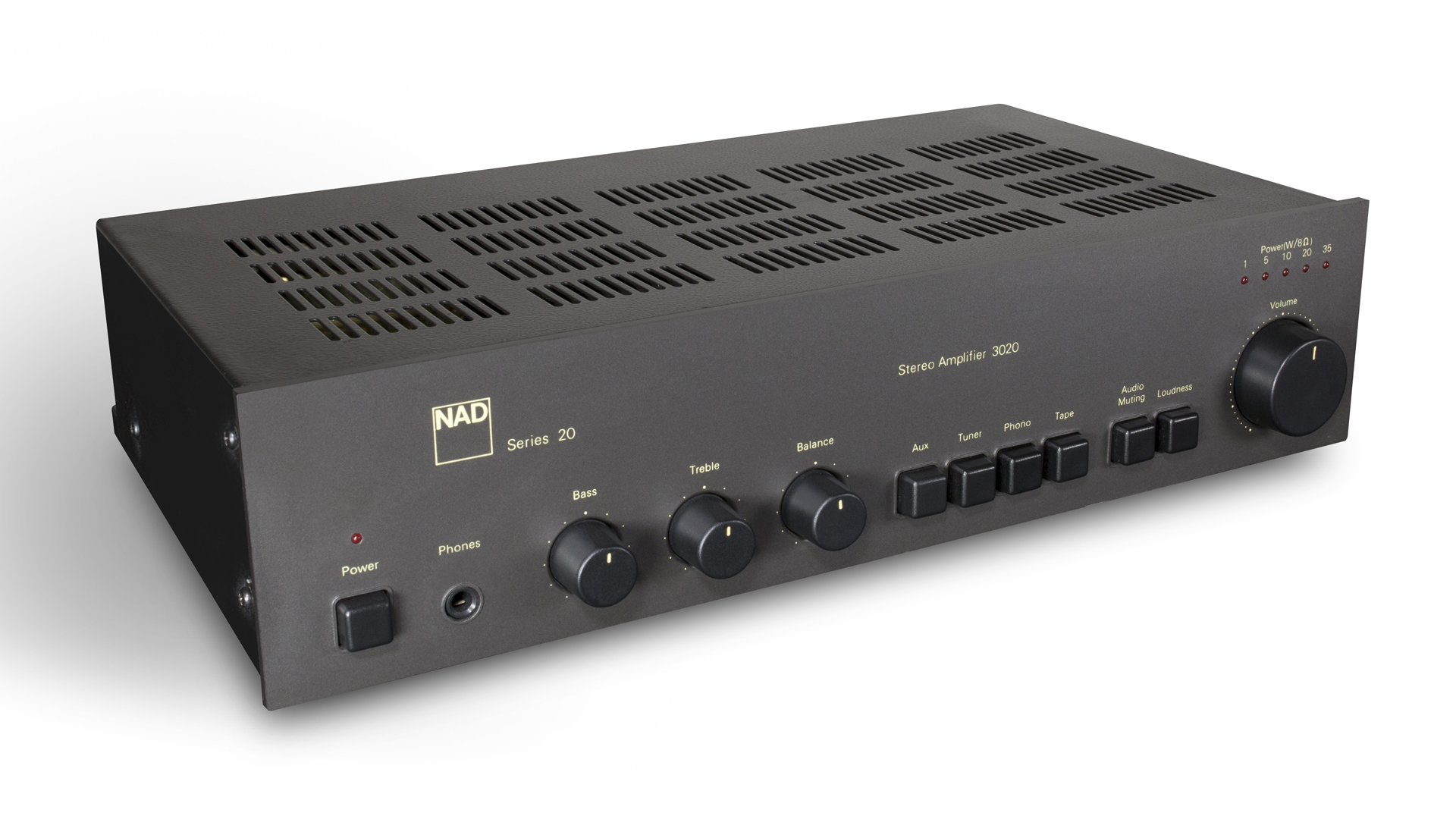
I got lucky with this one. Someone at NAD HQ had a pristine sample of the company's most famous product, the 3020, and was kind enough to loan it to us.
This is the product that established the NAD brand worldwide, and for most of a decade was the budget stereo amplifier to have.
The NAD 3020 was launched in 1979 and cost just £71. At the time, most manufacturers focused on achieving good test measurement results, but the 3020 prioritised sound quality.
It wasn't very powerful at a claimed 20 watts per channel but had a generous power supply and could deliver dynamics with a conviction no rival could match.
NAD engineered a smooth and forgiving sonic signature, which is ideal for a budget product, and specified a sensible range of features.
Listen to one today, and you will notice that it isn't the cleanest or most detailed of performers. But after a few minutes, that won't matter so much, because this is such a sweet and musical performer that is a joy to listen to.
It sounds solid and fluid in a way that makes most current budget amplifiers appear a little mechanical. The 3020 remains a gem.
Mission 770 speakers
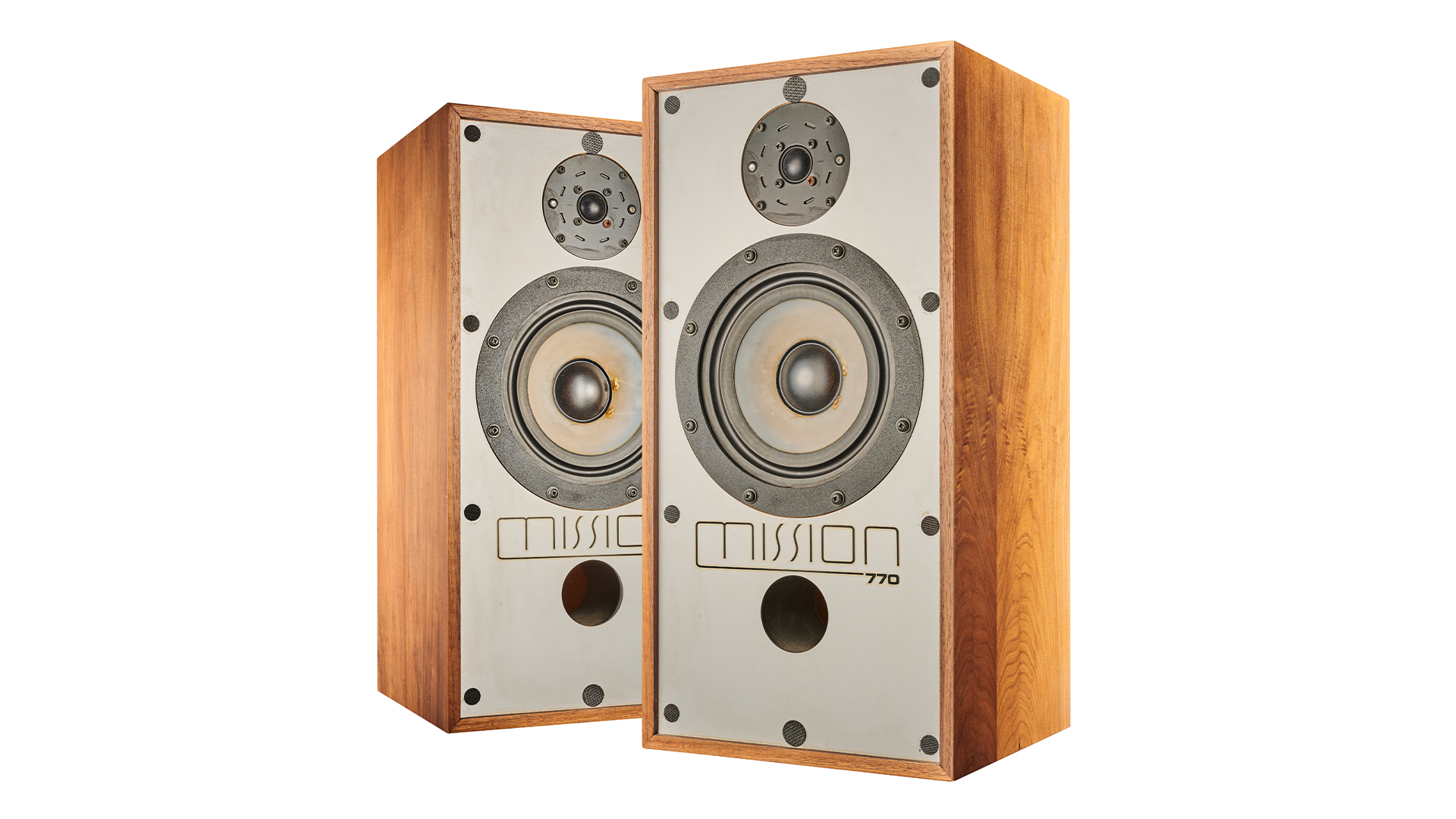
It is fair to say that the success of the 770 established the Mission speaker brand. These large standmounts took inspiration from the classic Spendor BC-1, but added excitement and drama to the mix.
The Mission 770 was considered an innovative speaker back in 1978, being a two-way design using a 25mm SEAS soft dome tweeter with a 21cm polypropylene mid/bass.
The use of polypropylene was cutting-edge speaker technology at the time, as was the use of a heavily damped, thin-walled construction.
Listen to a pair now, as I did against Mission's current 770, and it is clear that the art of speaker design has moved on massively.
The latest version sounds better across the board, delivering a level of resolution, transparency and insight that the old-timer can't get close to. Yet I didn't mind.
The original may fall short of modern alternatives in most respects, but it was fun. Whatever track I put on it just pulled me in.
Anything that puts the music first always gets my vote.
Nagra PL-P valve preamp
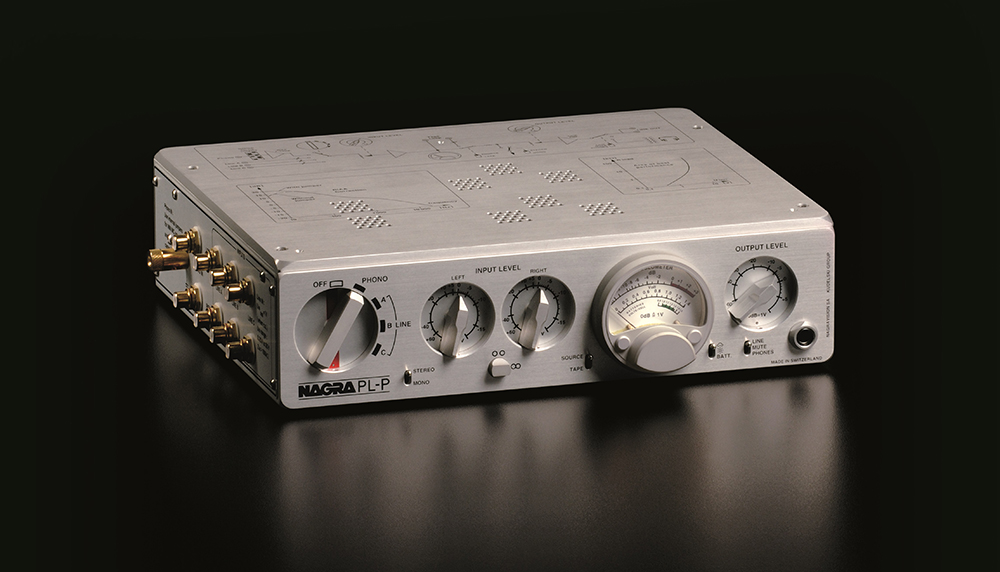
Nagra was founded in 1951 and built a formidable reputation for producing top-end portable recorders for the film, broadcast and security industries.
Its contributions to those industries have been acknowledged by multiple Oscar and Emmy wins.
The company's first product for the home didn't arrive until 1998, and that is the lovely PL-P valve preamp.
At the time, it was priced at around £5700 ($9500), which was pretty much the top of the tree as far as high-end preamps were concerned.
The PL-P borrowed heavily from the brand's recorders for both styling and technology. It was valve-based because the company's engineers thought it sounded better, and battery-powered for the same reason. There was an intelligent outboard power supply included to keep things working.
This little preamp remains one of my favourite products of all time. I love the way it looks and the no-compromise thinking involved in the use of the ultra-low noise battery power arrangement.
Those side-mounted connection sockets may look odd and prove inconvenient depending on how your components are placed, but I'm happy to accommodate them. Most of all, I love the way this thing sounds.
It may no longer be the most transparent or informative preamplifier money can buy, but whenever I hear its sweet, delicate sound, I just don't care.
This product renders sound with a disarming delicacy that I can't get enough of. It can be beaten for outright dynamic punch and rhythmic drive, but the compensation is a level of fluidity and naturalness that is hard to better at any price.
MORE:
Catch up on our Vinyl Week 2025 news, features and reviews
That Was Then... Argo and Alecto: Michell's forgotten amplifier gems

Ketan Bharadia is the Technical Editor of What Hi-Fi? He has been reviewing hi-fi, TV and home cinema equipment for almost three decades and has covered thousands of products over that time. Ketan works across the What Hi-Fi? brand including the website and magazine. His background is based in electronic and mechanical engineering.
You must confirm your public display name before commenting
Please logout and then login again, you will then be prompted to enter your display name.
